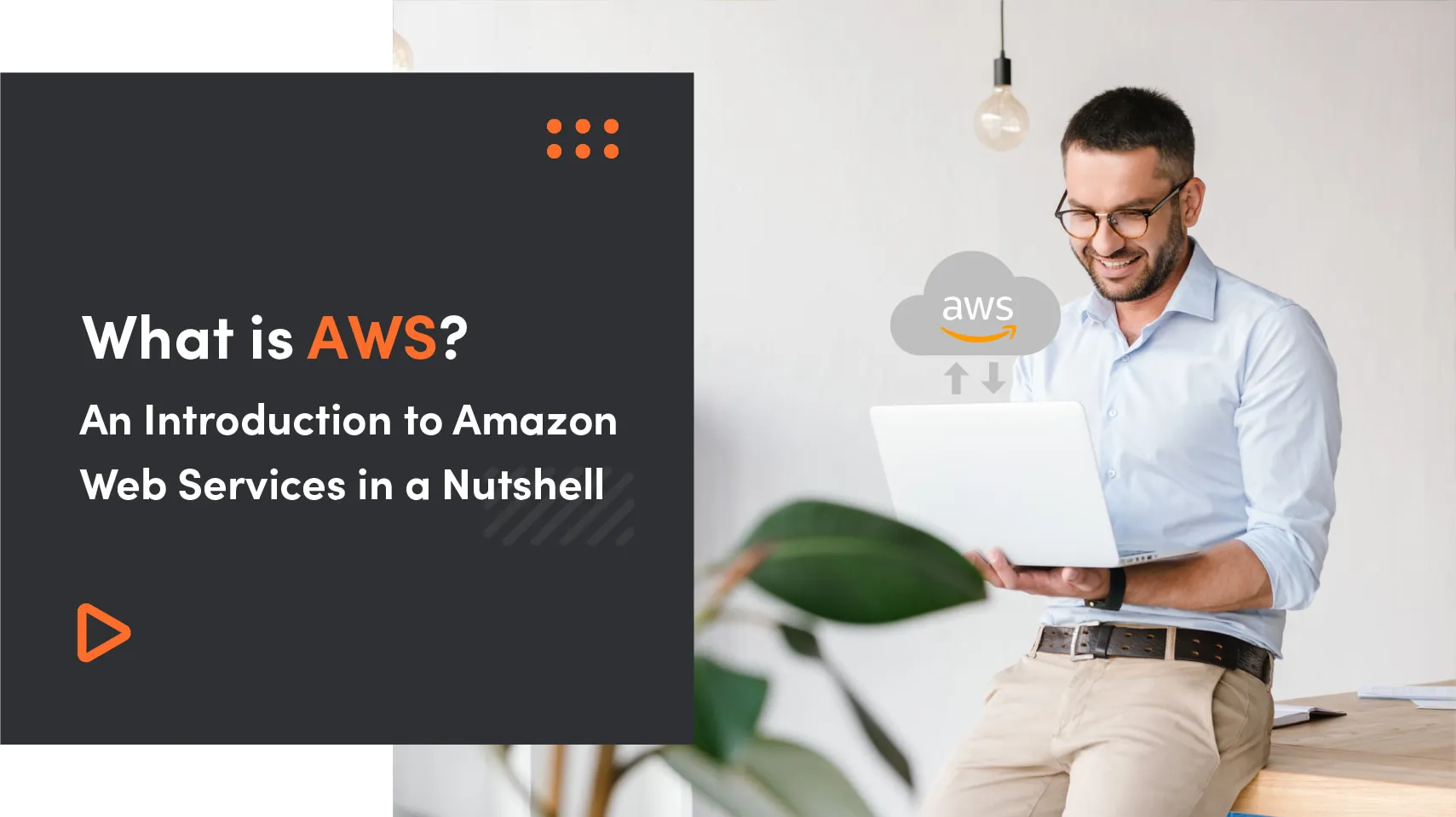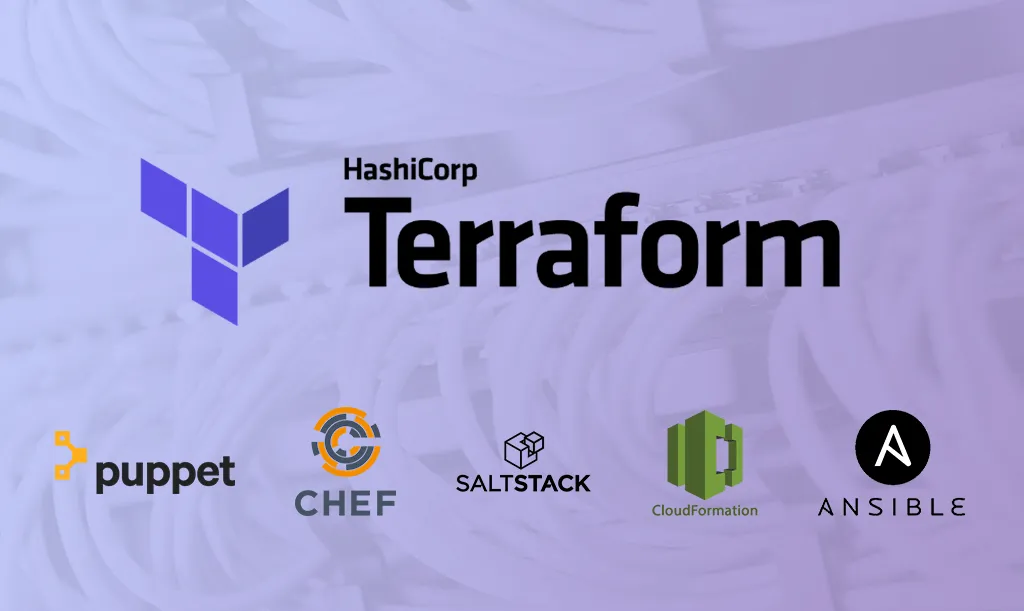Now is a great time to get involved with DevOps, and if it’s new to you then look no further than our beginner’s guide to it. We’re going to be taking a look at all of the following throughout this article, so you’ll be clued up and ready to embark on your first DevOps project in no time at all with a little help from Selleo:
- What is DevOps?
- How does DevOps “work”?
- What are the DevOps principles?
- How widely used is DevOps today?
- What skills are needed to use DevOps?
- How you can benefit from DevOps.
First of all, let’s unravel exactly what we mean by ‘DevOps’.
What is DevOps: Definition Decoded
The term ‘DevOps’ refers to a group of concepts or frameworks for the curation of a project or the development of a piece of software. As you might or might not have guessed already, it’s short for ‘development operations’. This might give you a bit of a clue as to what DevOps is.
The development processes involved within DevOps as a concept are inspired by agile operations or infrastructure and the value of enhanced collaboration between operations team members and those actually in development. As such, a DevOps team is likely to contain people from both of these.
Another party involved with the creation of DevOps and likely to be a part of any good DevOps team is enterprise systems management (ESM). These system administrators bring in more key skills that are important to the concept as a whole.
This all might sound a little confusing, but rest assured, DevOps practices are easy enough to get to grips with a little more context. So, let’s take a look at some of the key DevOps principles.
7 Key DevOps Principles
Don’t worry if the first section left you feeling a little stumped. Once you’ve got your head around the key principles involved in DevOps, you’ll have a much clearer understanding of what it actually is.
- Encourage collaboration: the combination of developers and operations being at the core of DevOps as a concept means that collaboration is key, and this trickles down to other areas, too. What could be better than a bunch of talented people working to become better than the sum of themselves as parts?
- Always improve: this collaboration harvests an environment for continuous improvement, and this improvement is made easier by other functions of DevOps such as automation.
- Automation: almost everything involved in DevOps is, or should be, automated. This includes communication, including responding to feedback from customers, updating new systems and provisioning of infrastructure. This means maximum efficiency. Open source code is a big part of this also.
- The customer comes first: we feel that this should be pretty fundamental in any work. That’s how you make the money! One of the best ways to make the customer feel appreciated is to encourage their feedback. DevOps encourages this customer interaction, and this often has great results.
- Failure is a good thing: DevOps culture also almost encourages failure. If you learn from every mistake you make, you’re going to learn a lot more than you would if you simply edited and moved on.
- Teamwork makes the dream work: as well as encouraging collaboration between your operations and development teams, DevOps always looks for strong teamwork between individual members of each team. That’s because everybody involved is required to be involved in most stages, if not all, of the lifecycle of the project.
- End-to-end responsibility is the way forward: the reason for this enhanced teamwork is something called end-to-end responsibility. This means that everyone involved in the project is involved with every stage, at least to the point that they are aware of what’s going on. This also helps them to be more aware of the project’s direction.

Now you know a little more about the core principles that DevOps are based on, it’s time to take a closer look at the model of it and the practices that go into its functionality.
Try our developers.
Free for 2 weeks.
No risk. Just results. Get a feel for our process, speed, and quality — work with our developers for a trial sprint and see why global companies choose Selleo.
How does it work? DevOps Model and Practices
As we mentioned before, the term ‘DevOps’ is a combination of the words ‘development’ and ‘operations’, but these two terms barely scratch the service of what DevOps actually is. To really understand it, we’ll need to take a look at the DevOps model and the practices involved within it.
The Concept Explained
DevOps is all about speed and efficiency, and to achieve these things, it requires an intricate yet fairly simple model of operation.
The model is a constant feedback loop between the operations and development teams of the project and the customers the product is for. As such, it works as a continuous deployment model, which means that the product is constantly adapting and evolving to meet new challenges and to keep up with the fast-paced growth of software development.
There are five key stages to the DevOps model, and once you know them, you’ll have a much better grasp of how DevOps works:
- Build: the first stage of the DevOps model (although not the first stage overall, you’re going to want to make sure you’ve done plenty of research etc. first!) involves the initial build.
- Test: testing is key to DevOps as it enables you to find out any faults with your product before it ends up in the hands of your customers. The better tested it is, the more the customer can focus on critically analysing how good your product actually is.
- Release: now it’s time to send your product out to the world! You could sit back and wait at this point, or you could begin to think about the next update already and get a jump start on things.
- Monitor: at this step, the feedback loop turns around to drive back to the developers from the customers. The ball is in their court now as they check out your product while you keep an eye on this and receive feedback from them.
- Plan: based on this feedback, you’ll always be considering how you can make your product better. Monitoring and planning go hand-in-hand, and once you’ve put your plan for an update together, it’s time to head back to the build phase.
Best DevOps Practices to Follow

Alongside the DevOps model, we’ll need to understand its practices. All of the items on this list are crucial to a DevOps project rollout, but don’t worry! It’s not as confusing as it seems. In fact, most of these will come quite naturally to you:
- Agile planning: Agile software development has become increasingly popular over the years and if you’ve worked with it before then it is likely you will have experienced its benefits. A key DevOps practise indeed considering the versatility that is required from it.
- Continuous development: the DevOps model shown above demonstrates how you will constantly be growing your product, and this could not be important in the current software development climate now that software is becoming exponentially better. Continuous development ensures high-quality products.
- Continuous automated testing: if you’re constantly building, you’re going to need to be constantly development testing. If you get too ahead of yourself with development but don’t have the testing carried out to back it up, the whole project can grind to a halt.
- Continuous integration and continuous delivery (CI/CD): this one is similar to development, but refers more specifically to the concept of the continuous delivery of development, testing, deployment and systems administration as a single concept.
- Continuous deployment: speaking of employment, this part describes the point at which the software is rolled out to the customers. If customers are constantly being fed new updates etc. then you will constantly be delivering better versions of the product to keep them satisfied as well as always learning from them.
- Continuous monitoring: that learning comes from the continuous monitoring of the customers’ usages of your product. Not only will it be great to receive feedback from the costumes, but other key data that you will need to collect includes the time that customers spend on particular pages or functions and what they interact with the most.
- Infrastructure as code: often shortened to IaC, this concept details an infrastructure management approach where scripts are used to automate that continuous rollout in stages 2, 3, 4, 5 and 6 when the product has reached a stage where it has been round the model loop once or twice already. A great example of IaC solution is Terraform, which we discussed further in the post Why Choose Terraform Over Chef, Puppet, Ansible, SaltStack And CloudFormation?
- Containerization: to lessen the physical bulk data size of your product, containerization is key. It distributes different versions of the project into smaller sections such as files and libraries so that they can be deployed much more quickly when required. Containerization allows to create unified development environment so new people joining the project can board faster.
- Microservices: this is an architectural approach where services are split up into a bunch of smaller services. If one were to fail, it would cause far less carnage across the entire project than if the services were more all-encompassing.
- Cloud infrastructure: pretty much all organizations use the cloud these days and it’s super useful for DevOps projects, too. This is because it allows for greater flexibility.
Read also: How To Run A Winning Kickoff Meeting
The most Wanted DevOps Tools
Now, it’s time to look at the tools that will be used to help with your project. A lot of these are available open source which will, of course, help with time and your budget:
- Container orchestration tools: the first of our important tools for software delivery through DevOps is those of container orchestration tools such as Amazon ECS, Nomad or Kubernetes.
- Version control tools: a lot of people’s choice here is Git, but there are plenty of other options out there if you so wish!
- Configuration management tools: here we have Ansible or Chef where the latter is open source and available at your disposal.
- Deployment & server monitoring tools: consider Datadog for your deployment and server monitoring needs.
- CI and deployment automation tools: there is CircleCI, GitHub Actions, AWS Code Deploy just to name a few.
- Application performance monitoring tools: pay close attention to this one! You could consider something like Datadog, New Relic or AppSignal here.
- Test automation tools: Test.ai is the classic, go-to for this. But it’s not the only choice.
- Codeless test automation tools: we recommend Testim.io!
- Artifact management tools: often overlooked but no less important than any of the other tools, you could take a look at Cloud Repo or Sonotype.
The Roles and Responsibilities of a DevOps Engineer

Understanding DevOps itself is one important thing, but knowing what a DevOps engineer does for a living and the production environments that he or she works in can be the difference between successfully understanding the concept or not.
Who is a DevOps Specialist?
We discussed earlier on how being a good team player is a key part of a DevOps engineer’s role, but how does this integrate into their day to day life?
A DevOps engineer’s job changes from project to project but they are effectively responsible for implementing each of the seven key DevOps principles to make sure that each project runs smoothly and efficiently, as well as designing some awesome stuff!
Let’s check out what else DevOps engineers are often responsible for.
Key Responsibilities of a DevOps Engineer
On top of consistently ensuring that continuous development through delivering and testing and adapting and updating, DevOps engineers have to do each of the following:
- Manage infrastructure
- Write specifications and document the project
- Assess the performance of the project and the product while monitoring it consistently
- Deploy cloud usage and manage
- CI/CD automation and management
How to Hire a qualified DevOps Developer?
So, what do you need to look for when you are on the hunt for your next DevOps engineer? There are a number of skills that they are going to need to demonstrate, including each of the following as well as any more specific ones for your own work:
- A strong team player through solid communication skills
- A background in tech and strong knowledge in the field
- Programming fluency
- Experience with automation tools
- Confident with database systems
There could be a lot more to add to your own list of qualities to look for, so make sure that you do not take our own list at face value!
Who’s Adopting DevOps?
Some of the biggest companies in the world are using DevOps for some of the most exciting projects in the world right now. If that’s not enough reason to catch your attention then we don’t know what is!
Some studies show that as many as 74% of companies have implemented DevOps frameworks at some point in their existence. That’s quite something. You’re not going to want to be part of the minority on this one!
Those companies include all of the big dogs. Facebook, Amazon and Netflix have each used DevOps quite consistently in their own work, and their success cannot be ignored.
Why Even Care? The Benefits of DevOps
There are six main benefits to using DevOps for your next product development rollout which, if you haven’t considered before, could be the difference between you deciding to use it or not.

DevOps has the potential (and the likelihood) to bring you each of the following awesome benefits:
- Speed: working amongst a team so heavily (as well as other parts of DevOps) ensures high velocity work.
- Rapid delivery: the feedback cycle means that you can improve your product as quickly as, if not quicker than, your competition.
- Reliability: the huge amount of testing that goes into DevOps projects minimises the risk of failure.
- Scalability: the automation part of DevOps means that you can do your best work without having to put in any more time, effort or money than you absolutely have to at any point in the product life cycle.
- Improved collaboration: what could be better than a whole bunch of talented software engineers and operations team members working together to create their best work? We would vouch for, not a lot.
- Security: having high speed combined with multiple controls is an ideal combination to ensure the maximum level of security for your project, product and team members.
Summary
So, what’s left to know about DevOps? We’ve taken a look at the key principles of it, its model and its practices, some popular tools that developers and other members of the team use to carry it out, the life and times of a DevOps engineer, who uses it and some key benefits of it.
Now, it’s time to figure out how to implement DevOps into your project, and Selleo is here to help.
Selleo has successfully rolled out a whole bunch of DevOps projects for a lot of different clients and we are keen to be involved in yours, too. To find out more about how we can help, reach out for a consultation. It could really be what you need to make your next project kick off!





